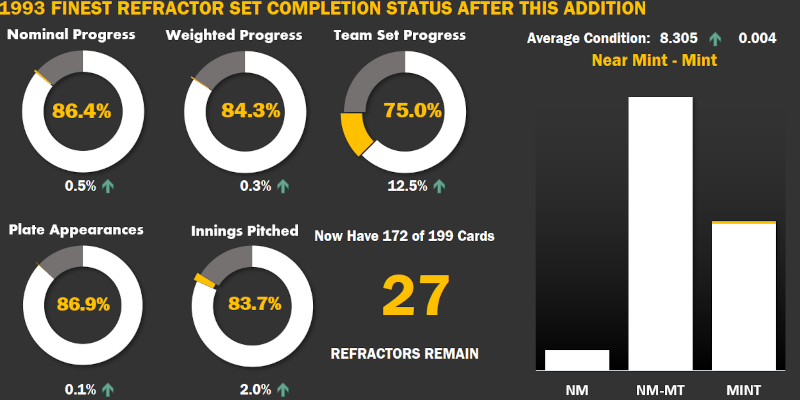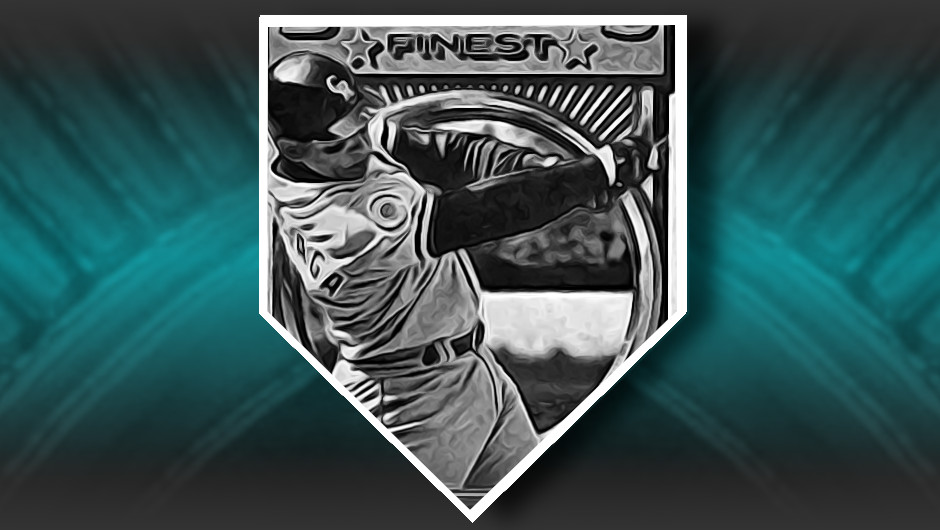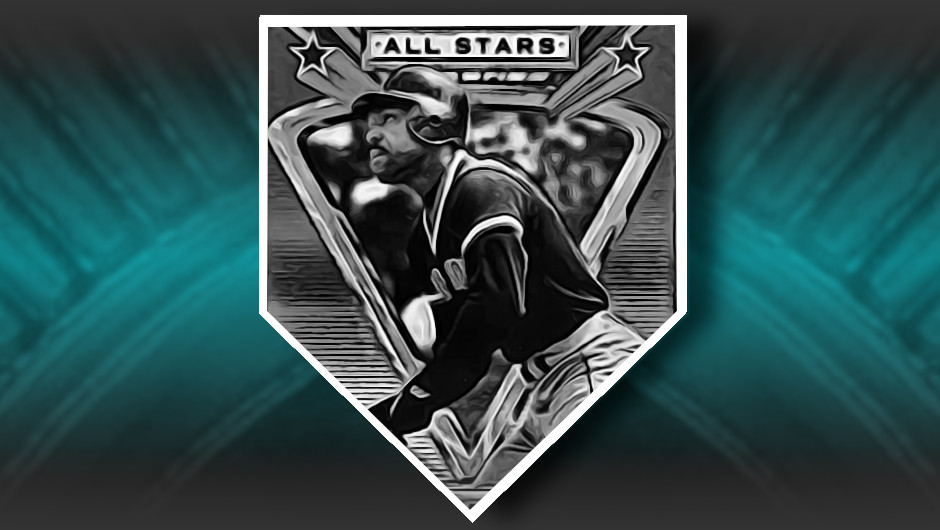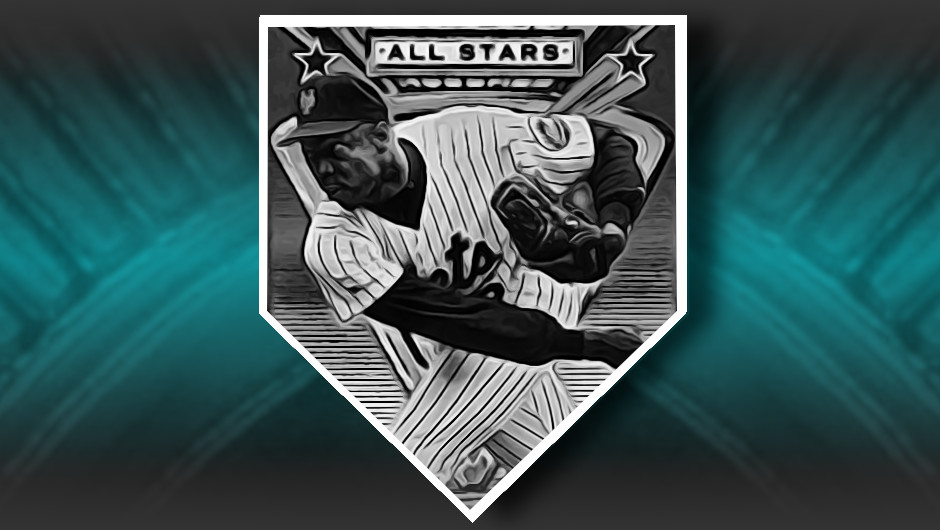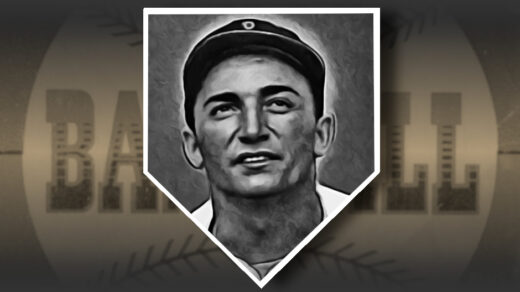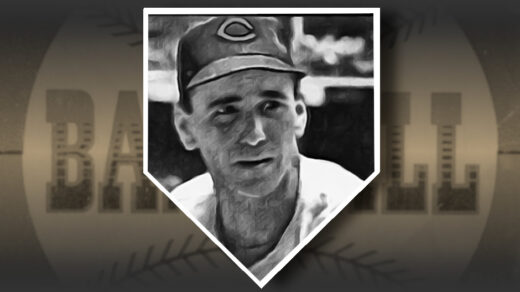My earliest memories of playing any sort of baseball were generated with a gray pleather mitt in 1987. Selling candy bars Little League followed in a more organized way in 1992, necessitating the purchase of a real baseball glove. I didn’t play catcher or a corner infield position, so there were many models available to choose from. I approached the selection process with three criteria in mind: The glove had to be capable of use in the outfield; cost less than $40; and have an absolutely dominant player’s name written on it.
The choosing of a glove with a proper name inscribed is an important matter for an aspiring Little Leaguer. It’s almost as if you absorb the baseball powers of the name written on the leather. You want to be the kid that identifies his game with Ken Griffey, Jr. or Shohei Ohtani, not the guy on the field with “Todd Van Poppel” emblazoned on his mitt. To be fair, a Van Poppel glove would have been awesome in 1992. However, I went with a guy with a curveball so good the pitch had its own name.
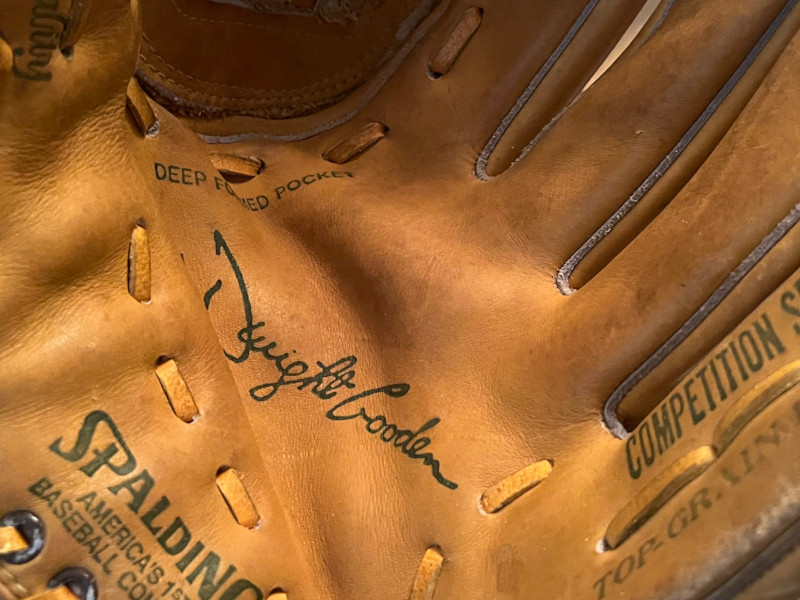
This is the Dwight Gooden glove I used for every game since that time, from Little League and a decade of pick-up games to playing catch with my kids today. To get an idea of just how dominant Gooden was in the mind of a 10-year-old, you need to look at a guy who is going to sell a lot of pitcher’s gloves (and fake mustaches) to Little Leaguers next year.
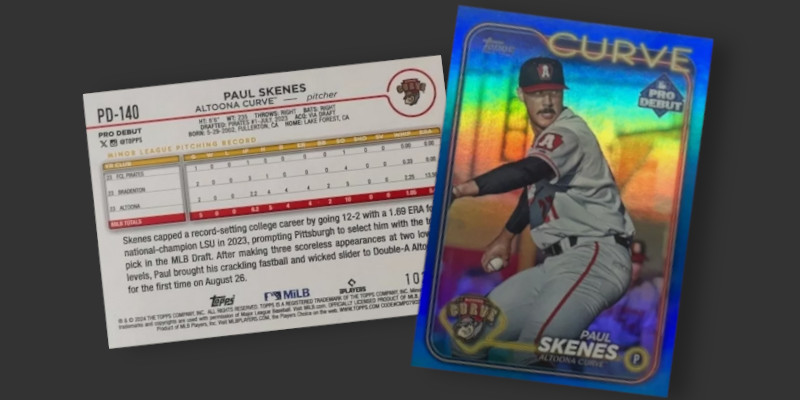
You can’t ask for much more than what Paul Skenes has done since being called up to the Pittsburgh Pirates this season. He has my endorsement for National League Rookie of the year, a position that isn’t terribly controversial considering the first overall draft pick of 2023 is 11-3 with 11.5 SO/9 and an ERA of 1.99. He was the starting pitcher in the 2024 All-Star Game despite having just 11 career starts to his credit.
| Career Stats | IP | W-L | K/9 | OPP.AVG. | WHIP | ERA | WAR |
|---|---|---|---|---|---|---|---|
| P. Skenes | 131 | 11-3 | 11.5 | .200 | 0.96 | 1.99 | 4.2 |
All of this is coming from a guy who was playing college ball as recently as last year. Just this week Sports Illustrated called Skene’s accomplishments “almost unheard of.”
Almost.
This all looks familiar to someone who keeps a Dwight Gooden glove in his car on the off chance a baseball game breaks out. Gooden was a similarly high ranked draft pick (5th overall) that likewise made a previously irrelevant team competitive. While he wasn’t the starter for his rookie season All-Star Game, he did come into the game as the youngest All-Star player in history (an honor that still stands). He did well, striking out the first three batters he faced. With the exception of Gooden’s heavier workload, the first year stats for both appear nearly identical:
| Player | IP | W-L | ERA | K/9 | OPP.AVG. | WHIP | WAR |
|---|---|---|---|---|---|---|---|
| Skenes (2024) | 131 | 11-3 | 1.99 | 11.5 | .200 | 0.96 | 4.2 |
| Gooden (1984) | 218 | 17-9 | 2.60 | 11.4 | .200 | 1.07 | 8.3 |
Taking it a bit further, Gooden put together an altogether more impressive debut season than Skenes. With no management concern for the longevity of his arm he threw more innings and pitched deeper into games. His rate of giving up homeruns is less than half that of Skenes and is still more than 30% better after adjusting for the lower homerun rate of 30 years ago. Opposing batters batted an even .200 against the duo, though batting averages in 1984 were a full 17 points higher than they are today. Nearly equal strikeout rates have been posted by both pitchers, though Gooden’s 11.4 per 9 stands taller due to today’s MLB batters striking out at a 58% higher clip than those of 1984. Skenes’ 1.99 ERA bests Gooden’s 2.60, but the lens of fielding independent metrics shows Gooden’s underlying ability was nearly a full run better than his modern doppelganger. Adjusted FIP again favors Gooden, ruling out any advantages from parks and playing era. The more traditional metric of fielding percentage again depicts Gooden with the better rookie season. The cumulative effect of these advantages is an almost 50% higher rate of WAR generation per appearance for Gooden than Skenes.
| Player | Innings per Appearance | HR/9 IP | FIP | FIP+ | Fielding% | WAR per Appearance |
|---|---|---|---|---|---|---|
| Skenes (2024) | 6.0 | 0.69 | 2.48 | 61 | .920 | +0.19 |
| Gooden (1984) | 7.0 | 0.29 | 1.69 | 49 | .956 | +0.27 |
Think about that. Skenes’ 2024 performance is phenomenal, and yet there was another rookie who put up almost identical numbers with even better underlying fundamentals.
Then Gooden got even better. Much, much better. He put together a monster sophomore season that ranks among the most impressive of the modern era, taking home the pitching Triple Crown. He was only speeding up when other pitchers were slowing down, allowing zero earned runs in September. The 229 ERA+ generated in his 1985 campaign indicated baseball had just witnessed the best pitching performance since Bob Gibson in 1968 and would not be matched again until peak Greg Maddux/Pedro Martinez in the 1990s.
| Gooden Season | IP | W-L | ERA | ERA+ | KO | OPP.AVG. | FIP- | ERA+ | WAR |
|---|---|---|---|---|---|---|---|---|---|
| 1985 | 276 ⅔ | 24-4 | 1.53 | 229 | 276 | .199 | 58 | 229 | 8.9 |
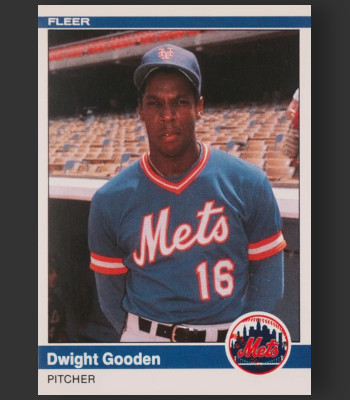
Numbers like these put a little context to the mania that erupted as collectors tried to locate a copy of Gooden’s notoriously difficult to obtain 1984 Fleer Update card. For several years this remained the key card in a cornerstone set, outclassing demand for both the Kirby Puckett and Roger Clemens cards for several years. Landing this card would have been like having a Sandy Koufax rookie with a production run more akin in rarity to a ’52 Topps high number.
That Koufax allusion isn’t random. Gooden’s ratio of 11.4 strikeouts per 9 innings was a Major League record, beating even Koufax’s most ferocious pitching campaign. For the first five years of his career Gooden held his own against the most dominant arms of the “Decade of the Pitcher.”
| Player | Period | Win % | K/9 | Opp.Avg. | WHIP | FIP | FIP- | WAR |
|---|---|---|---|---|---|---|---|---|
| S. Koufax | 1962-66 | .766 | 9.4 | .189 | 0.93 | 2.00 | 64 | 40.0 |
| B. Gibson | 1964-68 | .660 | 7.7 | .210 | 1.06 | 2.67 | 79 | 29.9 |
| J. Marichal | 1964-68 | .701 | 6.8 | .222 | 1.00 | 2.62 | 82 | 29.0 |
| D. Gooden | 1984-88 | .722 | 8.2 | .220 | 1.10 | 2.46 | 68 | 32.5 |
What makes this performance all the more impressive is the fact that Gooden made it happen despite Major League Baseball actively trying to hold him back. Following Roger Maris setting the single season homerun record in 1961, the sport looked at ways to reduce homeruns and shorten games. A “win-win” solution was implemented beginning in 1963 in which pitchers’ mounds were raised and the strike zone significantly enlarged. Offense plummeted from 1963-68 with pitchers allowing 11% fewer runs and striking out batters at an 8% faster clip. This dominance led to the Commissioner’s Office taking away some of pitchers’ previous advantages, exposing all who came afterward to a more offensive run environment. After adjusting for the advantages bestowed upon 1960s pitchers by the Commissioner’s Office one can see Gooden easily outperforming peak Bob Gibson and Juan Marichal while roughly equaling the output of peak Sandy Koufax.
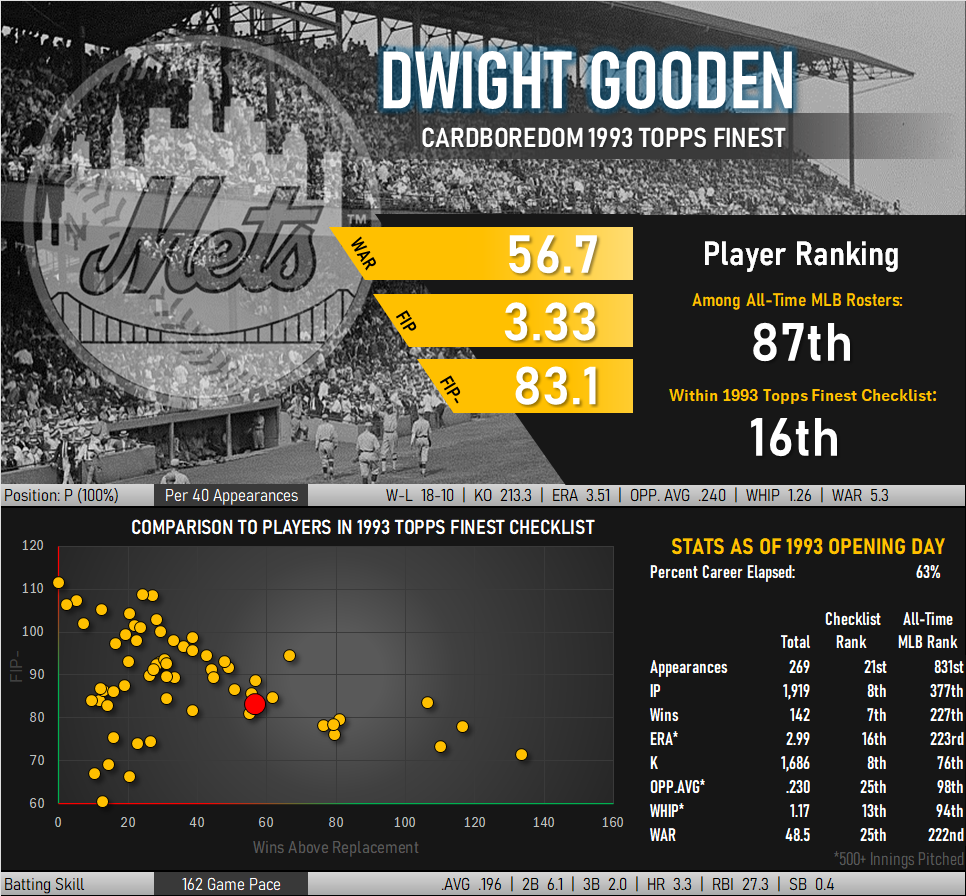
Not only was Gooden arguably the best pitcher of the 1980s (best ERA and winning percentage), one of his cards may have had the decade’s best pitcher picture. His arrival came at a time when collectors were treated to one of the decade’s best looking baseball cards. This card is not the regular issue variety of 1985 Donruss cards, but rather a special edition that could be cut from the bottom of the product’s packaging. It was one of four cards appearing on the bottom of every wax box, making this version more prevalent than the base version appearing in packs. I’m not complaining.
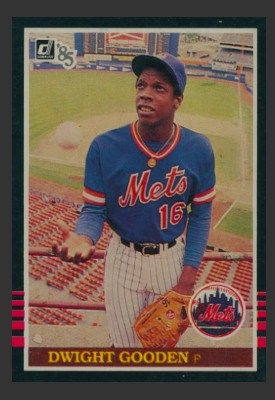
A rather young looking Gooden is seen contemplating baseball in the stands at Shea Stadium. He had been 19 years old when the photo was taken, just old enough to buy alcohol in New York. By the time the card was on store shelves the National Drinking Age Act had prompted the minimum to be increased to 21. This resulted in the oddity of Gooden having previously been old enough to drink in that photo but no longer by the time anyone saw it.
It would have been better for Gooden to have been cut off from booze. He began to drink heavily as an 18 year old, continuing as he quickly progressed towards the Mets. Once in the majors he quickly discovered cocaine and by 1986 his substance problems had caused him to miss his own World Series ticker tape parade. Failed drug tests and a rehab stint cut into his playing time. A 1991 shoulder injury and the cumulative toll of hundreds of innings brought his effectiveness back to realm of mortal pitchers, punctuated by a broken toe (injured while angry after giving up three homeruns) and multiple drug relapses. Continued substance issues led to MLB suspending him for an entire season after the conclusion of the 1994 players’ strike.
Yeesh. Gooden had put together a Koufax-esque run, only to see his career crash and burn from self-inflicted problems. Given my extreme dislike of drugs and alcohol, Gooden should almost be the antithesis of the kind of player I would want endorsing my glove. I grew up not knowing about many of the personal shortcomings of ballplayers and knew the athletes almost exclusively by what was printed on their baseball cards. This cardboard blindness instead made Gooden one of my top choices.
My father and I had lot in common. When I broke out my Gooden mitt to play catch, he would always reach for his own well-worn glove. That piece of equipment bore the cursive imprint of the often-soused Whitey Ford. Maybe Dad learned about baseball the same way I did: Via cardboard.
All-Star Games (Real and Imagined)
If you ever collect cards from the Junk Wax Era, you will be familiar with finding tons of players with fantastic stats and cards valued essentially the same as any random common. If you flip through a pack of 1991 Score of 1992 Donruss, any Gooden card you find is generally appraised by collectors at little more than a smile and an “I remember that guy” remark. You’re not getting a Griffey or Ripken card back for it in a trade.
The 1993 Finest set is usually like that, with cards of extremely good pitchers like Bret Saberhagen and Jose Rijo available at similar prices as any other random guy who took the mound. This card is presumably just as plentiful as the rest and was never among the rumored short-prints, but still seems to be offered for sale less often than most of the checklist. When it does, collectors are prepared to fight for it. The only reason I have my copy in hand today is that I came across a refractor set in the process of being broken up and managed to get to the front of the line.
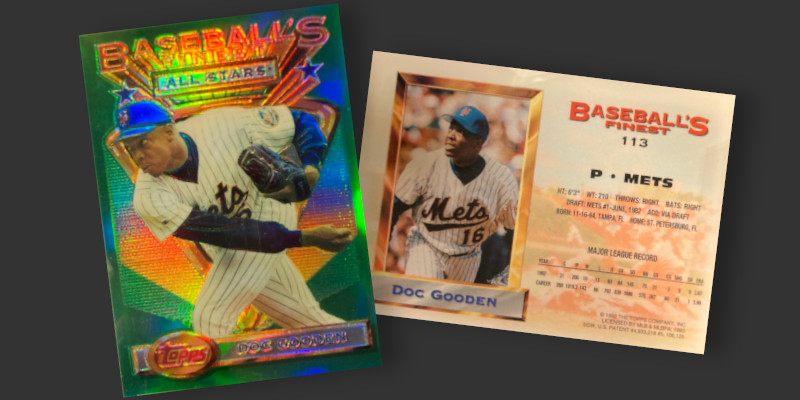
Gooden’s dominance over batters of the 1980s prompted four All-Star selections in his first five seasons, culminating in a final midsummer appearance in 1988. Five years later his right shoulder could only be described as “modestly above average” and fans were growing tired of off-field issues. Still, that amazing 1980s run led to Gooden not only being named one of Topps’ 199 “Finest” players, but being depicted as an All-Star in the 32 card subset.
